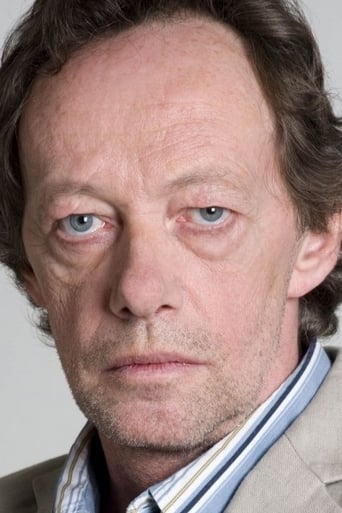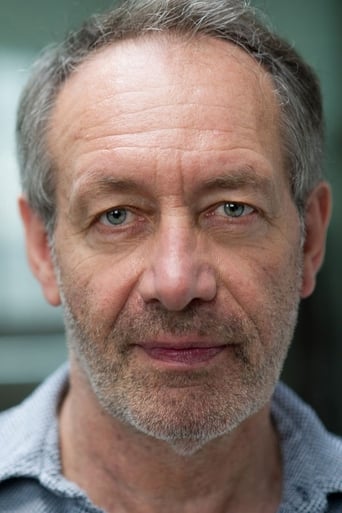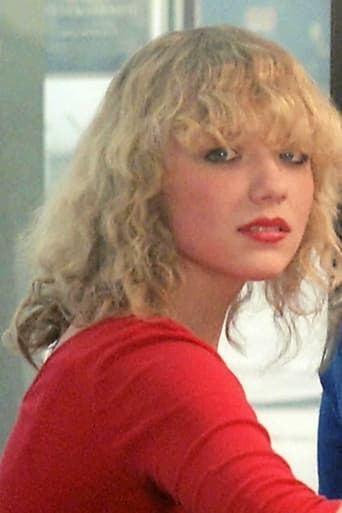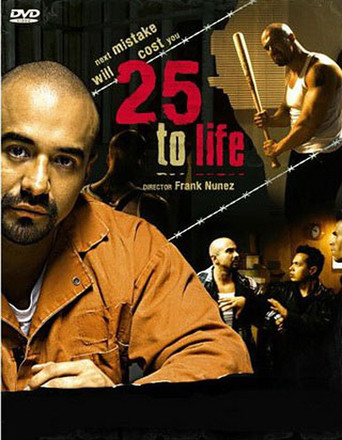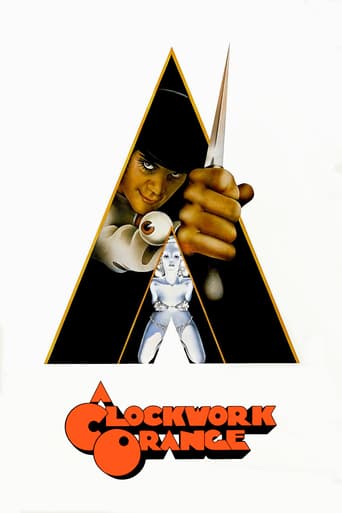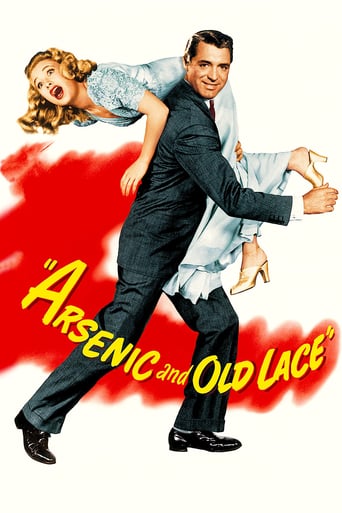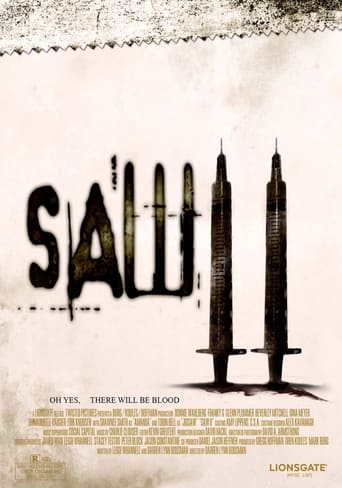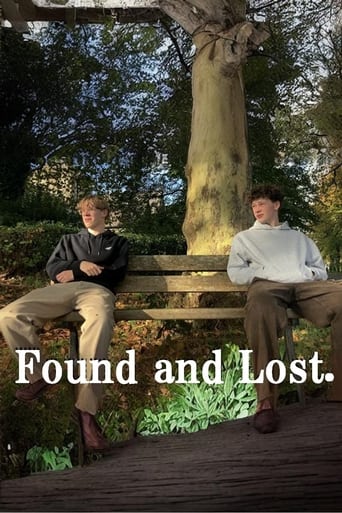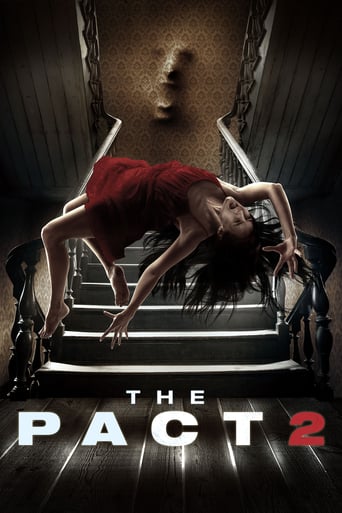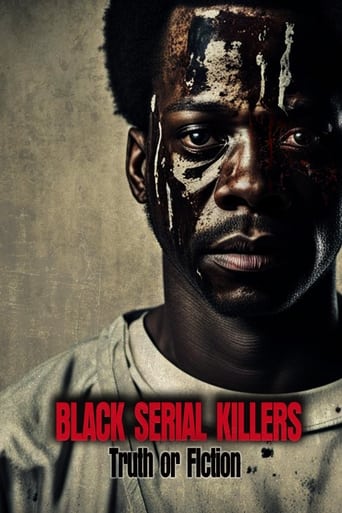Angst (1983)
A killer is released from prison and breaks into a remote home to kill a woman, her handicapped son and her pretty daughter.
Watch Trailer
Free Trial Channels
Cast


Similar titles
Reviews
I like the storyline of this show,it attract me so much
Really Surprised!
The movie is wonderful and true, an act of love in all its contradictions and complexity
The tone of this movie is interesting -- the stakes are both dramatic and high, but it's balanced with a lot of fun, tongue and cheek dialogue.
A full star rating, for me, usually indicates a film I would gladly sit down and watch again, straight away. Not this one. Not this mean disgusting, horrific, disturbing, involving and believable film from Gerald Kargl. If the refusal of distributors to show this upon release had been overcome, what mighty movies might, this clearly most talented man have brought us? Well, I suppose the influence is clear to see in much more recent and overwrought horror, but surely nothing so impressive as this. From start to finish, helped by a haunting score and free flowing cinematography, not afraid to mix intense POV shots with overhead and hand-held. Blistering and uncompromising film making helped much by a sensational central performance from Erwin Leder and also by the clever use of voice over where we learn what this guy has done before and how much pleasure it gives him and then what he hopes to do with these very people he is dragging around. A very tough film that is out there on its own. Grubby and hard to like but a genuine and sincere masterpiece.
I can't say I really liked this movie, but I think I at least understand why it is so highly regarded. As far as the literal plot goes, it's standard fare for the subgenre. That subgenre, whatever it's called, is the same one that includes Henry: Portrait of a Serial Killer and the August Underground films. It's the subgenre in which a mentally ill serial killer is the protagonist, and we get to follow him while he commits a small number of extremely brutal murders.The thing that makes this movie notable is the artful composition of nearly every scene and sequence. It has the sensibility of a Bruegel painting. (See The Massacre of the Innocents as an example; this and other Bruegal paintings are notable for depicting torture and murder in the same landscape as dogs playing, children laughing, etc.) While our protagonist murders a family, the family dog runs about excitedly, chasing after a toy ball that gets kicked on accident and eagerly jumping around to try and be part of the action. It's really poetic and exceptional filmmaking, and I suppose it can be said to push the genre to a further extreme of realism.Also notable are a handful of unusual camera angles on which I am less sure how to comment, and a running narration of the protagonist's distracted thoughts while he's committing the murders. This narration is notable, because it's almost completely disconnected from the immediate actions; it's like he's having a hard time focusing on committing murders because he keeps getting distracted by other thoughts. If you've ever been hassled by a schizophrenic person on the street, it's kind of like that, and I guess I find this film's killer more believable as a result.Anyway, the title of this review really covers what I want to say. As a horror fan, I'll credit this film with one good and extremely brutal death scene. The plot, character, and ideas, however, were entirely generic. The pace was too slow for me, and body count was about as low as it could possibly for the guy to still be considered a serial killer.On the other hand, I can recognize that the filmmaking really was masterful. If you're the kind of person who gets excited about artful camera work and sequence composition, this is the film for you.
Word on the street is this is a super intense, gruelling, claustrophobic serial killer film. They're not lying. But it's important to get to note why, especially in this case: why this type of violence enthralls so much? And I mean apart from any particular on-screen nastiness. More virulent films have been made, much nastier. Why this fascinates is a completely different beast than say, something like Hostel. It's the easiest thing to make us cringe and shy away, but to fervently want to keep watching?The popular opinion is this works so well exactly because of how contained and straight-forward. There are no distractions from the concentrated moment we first encounter: a inmate giving himself a shave on his day of parole. There are no allusions to anything else but private madness and nothing to escape to for comfort or respite, except perhaps sheer exhaustion. This man is going to go on a crime spree again as soon as he's out of prison, we can tell this much. We can tell it's going to unravel the way we secretly hope it does.Well, this is fine and makes some sense. But doesn't adequately explain to my mind. No, why this works so viscerally - and ties in with other interests of mine in film - I believe has all to do with the cinematic eye.Now most films operate on the assumption that you want to experience a world as real as possible. Every advance in cinematic technology - sound, color, the recent fad of 3D - is a step in that direction. We want to escape more vividly and more urgently than ever. And what most films do to abet that escape is to let loose a few threads of story and place, hopefully open enough if we are in caring hands, that we can be trusted to attach ourselves from own experience. The tighter the weave of the threads from that point on, the closer we are lassoed to the cinematic world. Editing and camera are assigned invisible ways; they have to work without us getting to notice.The Soviets changed all that very early in the game. Here a very world was assembled by the eye. There was no story, it was all a matter of calligraphic (dynamic overlapping) watching. Welles, and less famously Sternberg before him, unpacked these notions by letting it fall on the eye of the camera to join fragments together.(this particular eye was first conceived by the Buddhist but that's another story altogether).Now this is rumored to be the DP's project working under an alias, a Polish man who knows the camera. The opening shot exhibits masterful knowledge of Welles; a crane shot that establishes location by joining together many different planes of perspective. It would have been a film to watch with just this mode, that others like Argento and DePalma exercised in adventurous flourishes of spatial exploration.It's actually a little more elaborate than that. We have two eyes instead of the one. The first is the killer's eye, tightly screwed and always at eye-level as he prowls around. Interior monologue plays out in voice-over, itself taken from the diaries of an actual killer, and meant to recast everything as internal space: victims are an invalid, an old woman and her daughter, each one mapping to a person that deeply wounded in the past as we find out. So we have exceedingly tormented soul spilled out and contorting physical space, very much like Zulawski practiced. Another Pole, another piece of the puzzle.The second eye you will notice is always mounted on a crane and pulled upwards in steep ascends. A bird's eye far removed from human madness, which is the Buddhist eye of woodblock prints. To the film's credit, and this is a lot of its power for me, it remains abstract enough that we may use this perspective as we are inclined: is it a godless and uncaring or a merciful eye, pulling us from the carnage or skipping to the next?
Following the glowing reviews, I couldn't wait to get my hands on this one, but quickly realised that 'meeting a hero' can indeed ruin the illusion that one has built up in their mind.The best thing about this film was the build up. It is one of the first movies of its genre to properly explore the psyche of a serial killer. These people are not (as popular myths would suggest) heroes or indeed anti-heroes, but sad & twisted souls, abused and discarded by their peers, their only chance at self-worth being to control, destroy and ultimately possess others. In this regard the film is a triumphant success. It's a refreshing change compared with the patronising Hollywood crap out there that portrays these individuals as super-human & the gratuitous and stylised violence that could only ever be believed in a comic-book. However....The film really does need some blood-letting to punctuate the brutality that the mood anticipates around every next corner but never occurs. In fact there are only 3 actual murders in the entire film (two of which are very unconvincing and bloodless) which technically means that this individual is a mass-murderer and not a serial killer (the definition requires that a perpetrator kills on at least three separate occasions). The only scene that comes close to being shocking (a rape & murder) takes place outside in the dark and as such the viewer can hardly see what's occurring.I know I must sound like a philistine, but if I want to imagine carnage then I will read a book. The violence in this film seems to take place in the killer's mind and not on the screen. It's a film that will make you think...but it won't make you shiver with fear. It's far more Blair Witch than Last House on the Left. Ultimately there's lots of atmosphere and very little substance.If you are not familiar with the mindset of a serial killer then you may well find this film disturbing, but to those who of us are there are no new insights here & little in the way of entertainment. A big shame.






